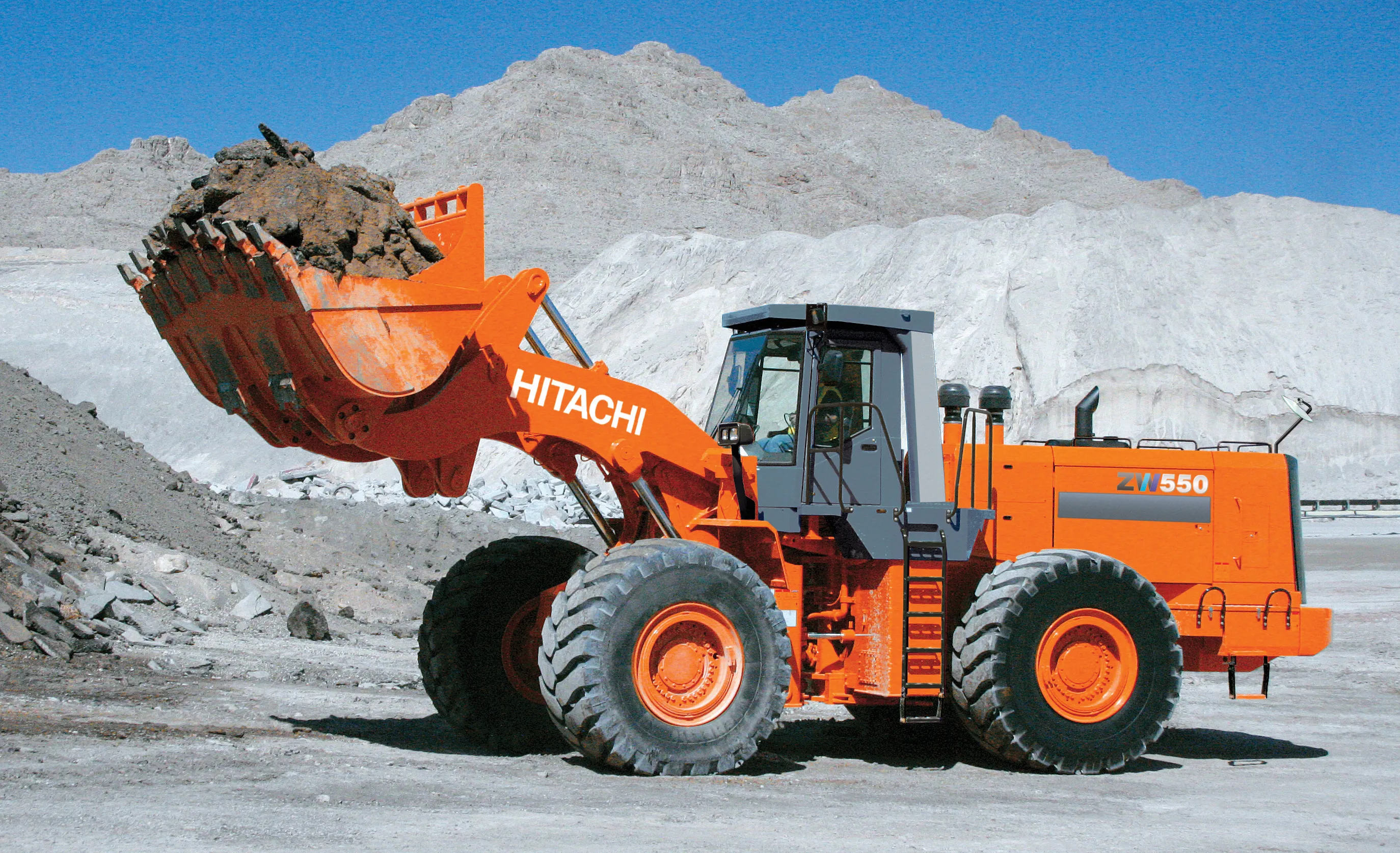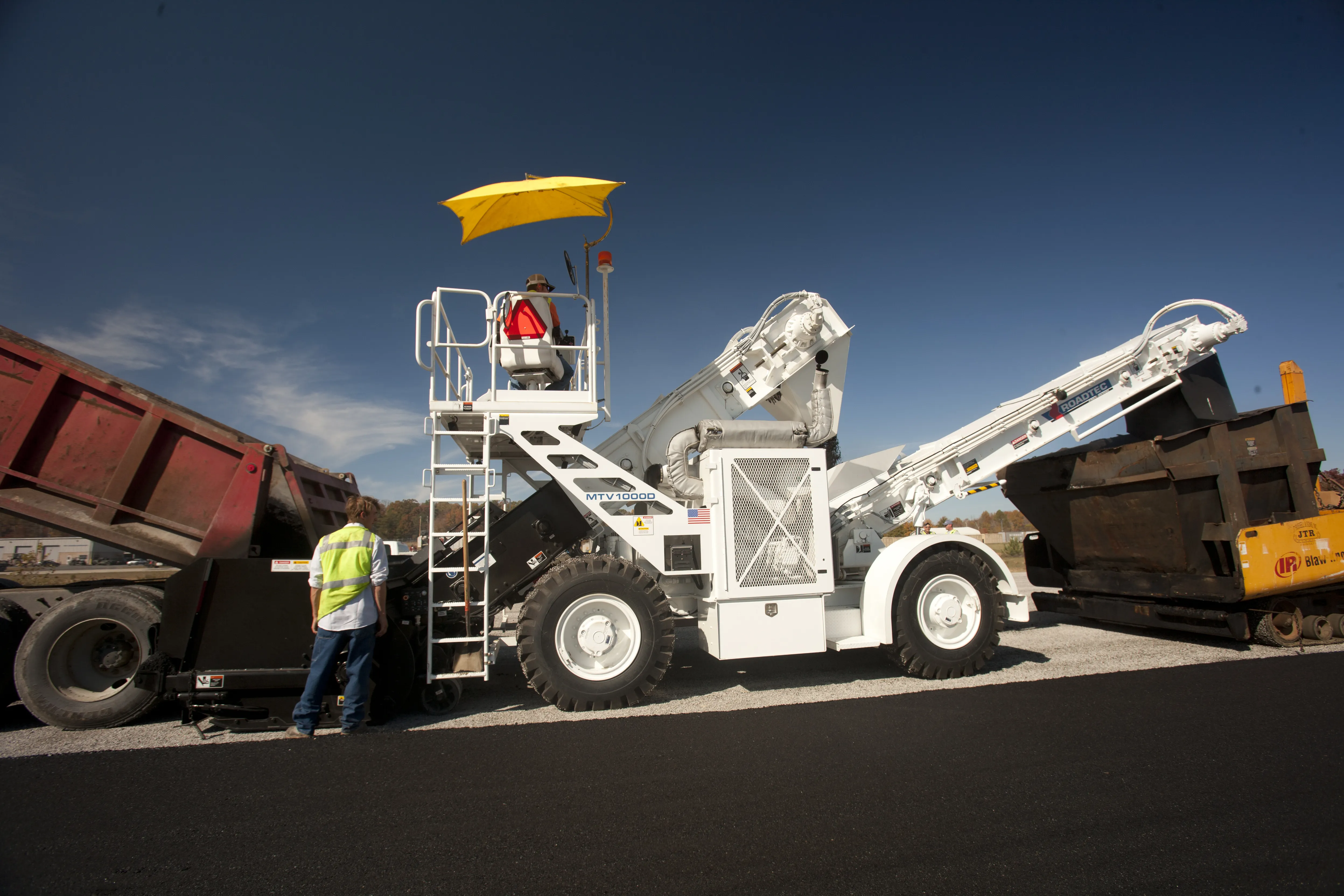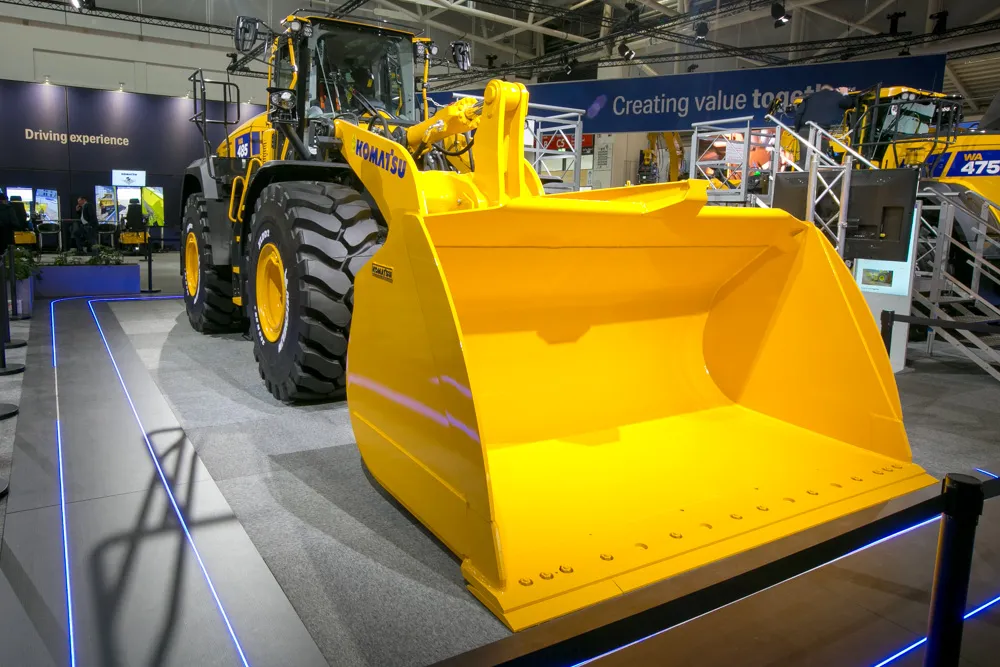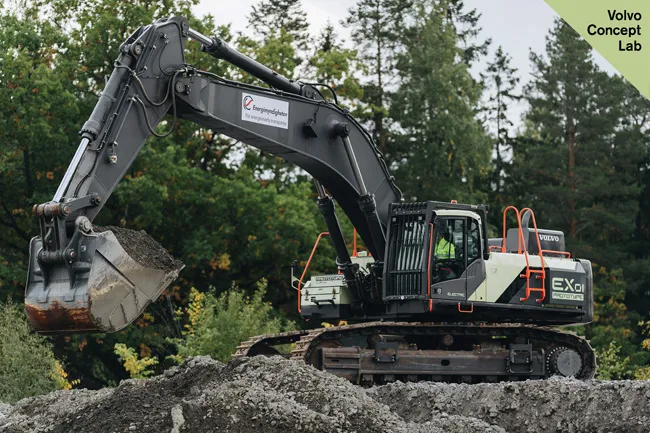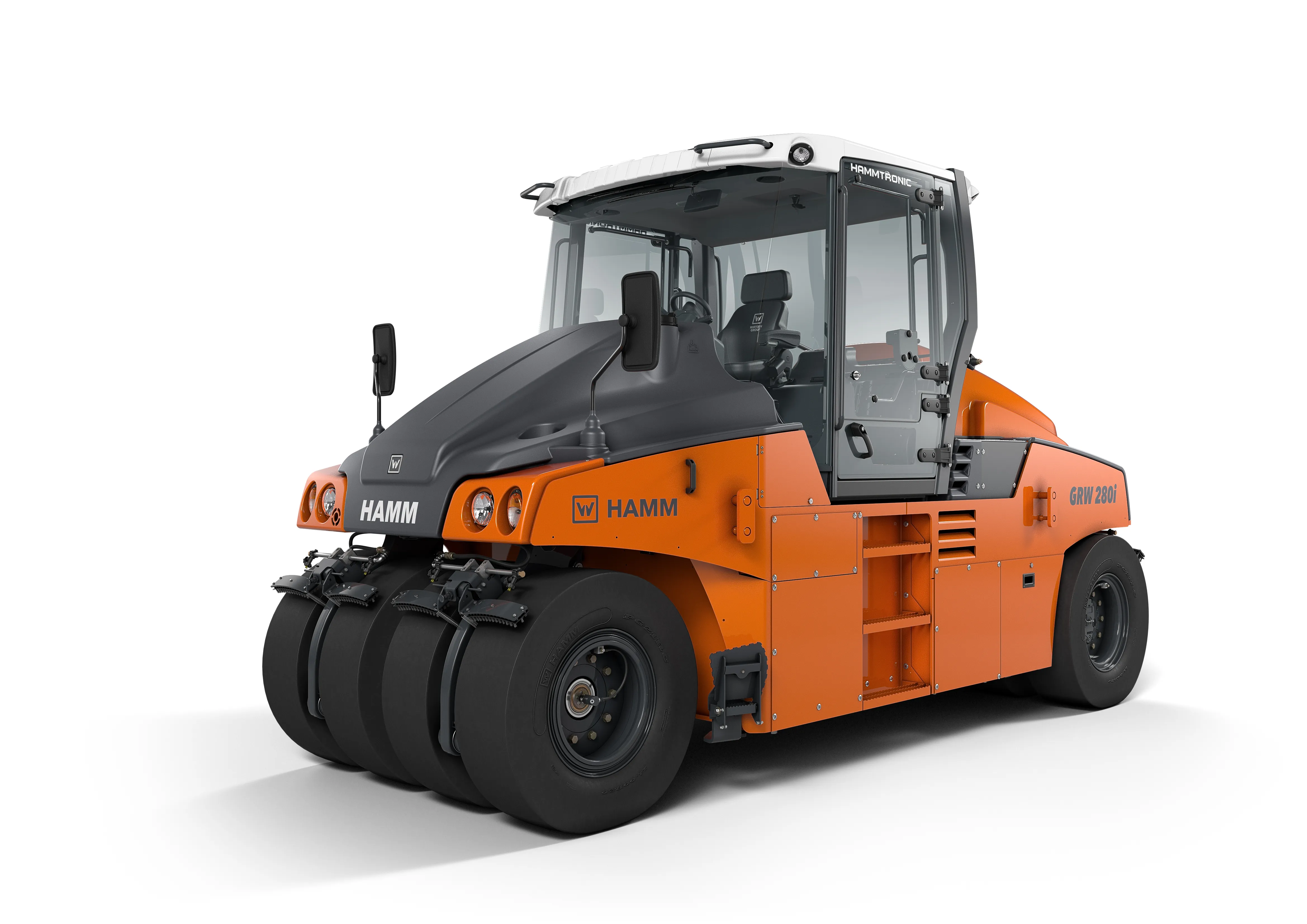
The Easy Drive system was first fitted to the firm’s DV+ asphalt compactors but is now being installed on other machines in the range. As the name suggests, the system makes the machine easier to operate and is language-neutral. The system has a small number of switches while all Easy Drive rollers have a steering wheel. Drive control is by joystick with push-button switches on the multifunction armrest. All the control systems on the firm’s compactors share a similar layout, making it simpler for an operator to move from one model to another.
Modifications have been made to the ballast space between the wheel sets and the open-bottomed compartmented frame. Beer said, “The ballast system is similar to the previous design but we simplified it to make it easier to handle the weights.”
Prefabricated steel, magnetite or concrete ballast bodies can be inserted or removed using a fork-lift truck. In addition, each customer can fit the roller with their own ballast bodies. The design allows grater versatility in terms of weight adjustment, while the layout of the ballast space ensures that the load is evenly distributed over both axles.
The machine has a hydrostatic rear-axle drive and an intelligent drive, allowing precise speed control. Automatic soft starting, acceleration and braking enable gentle, even braking and acceleration ensure a quality finish. The GRW 280i also has a redesigned front steering axle with disc brakes providing sufficient braking power when travelling fast with the maximum ballast load. An optional anti-slip control ensures optimum traction when working on uneven ground as well as on surfaces with varying temperatures. A novel suspension system with two swingarms positioned between the GRW 280i‘s front wheel pairs is said to optimise weight distribution. Individual wheel loads can vary from 1.25-3.5tonnes, depending on loading, while a control allows the operator to set the tyre inflation.
The water sprinkling system has its spray nozzles directly above the tyres and a large water tank is fitted to the GRW 280i as standard. However the firm can fit an optional additive tank, with automatic dosing and mixing according to the site requirements, which eliminates the need for manual premixing and the risk of separation.
Power comes from a four cylinder diesel delivering 85kW that features DOC and SCR emissions control equipment as well as automatic regeneration. The engine meets Tier 4 final/Stage IV emissions requirements, although the firm will offer a Tier 3 variant for use in developing markets.
The high seating position, large cab glass area and the design of the engine cover and fuel tank as well as the sliding and swivelling seat all help to ensure a good field of view.


